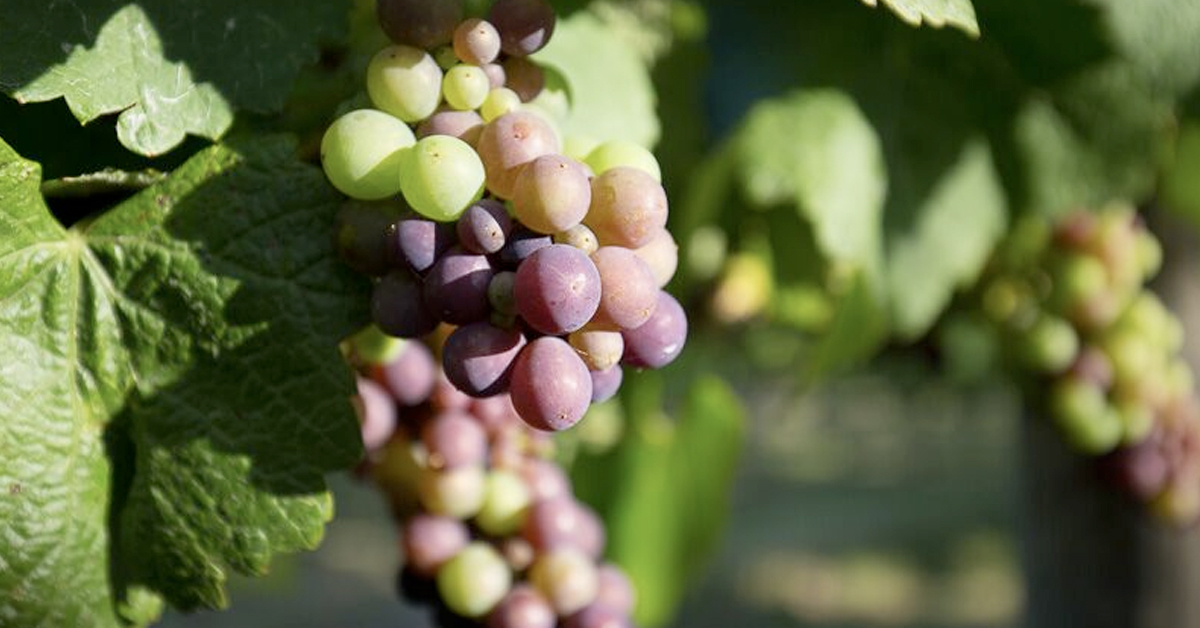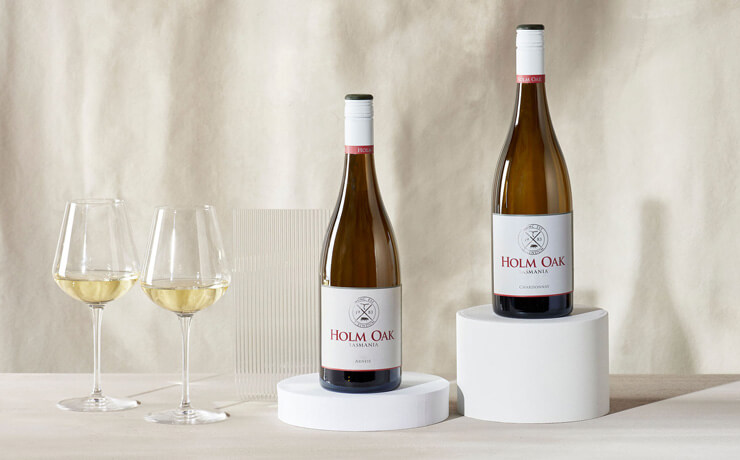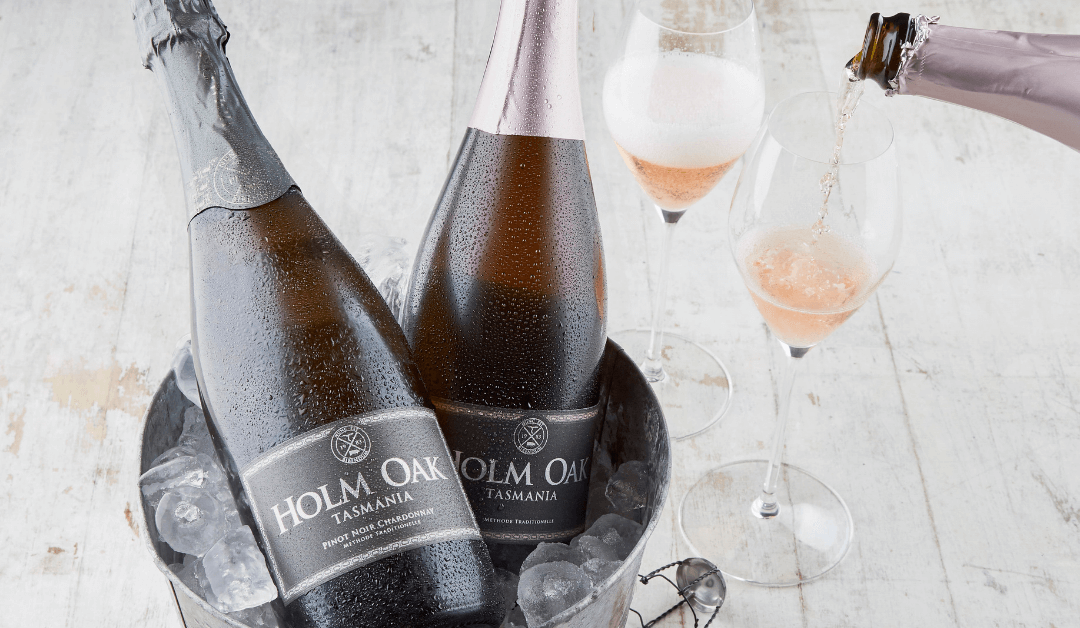History of Holm Oak
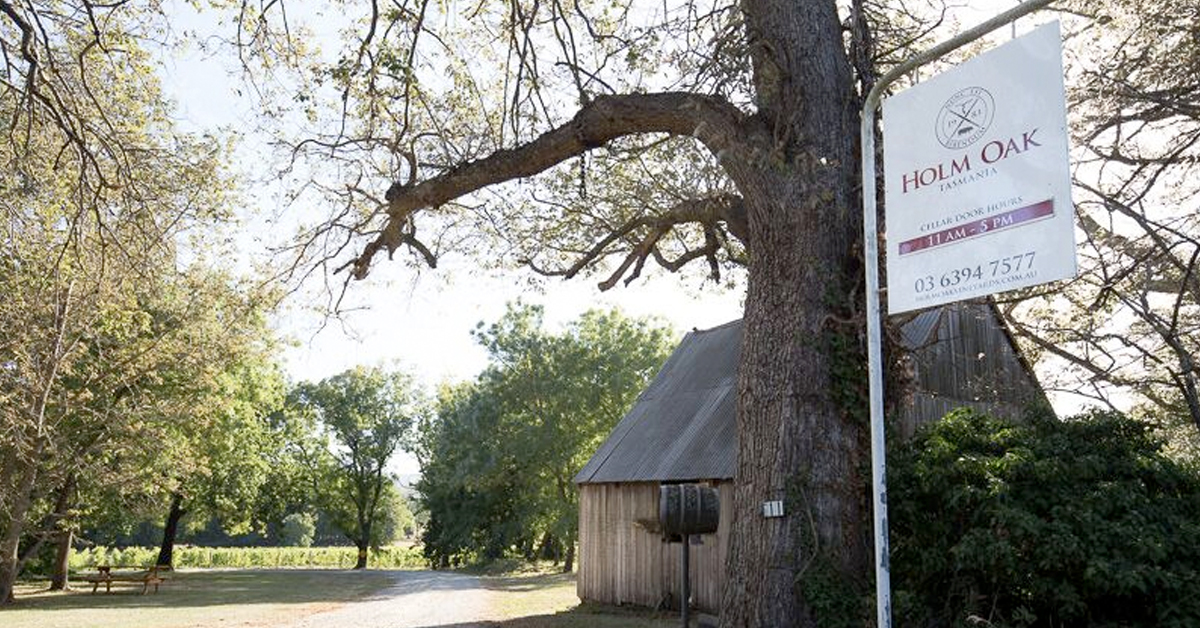
Holm Oak’s winery is a relatively young venture in the context of the estate’s history. The tale of all the previous owners is fascinating and it includes the evolution of a groundbreaking tennis racquet, as well as other quirky stories, such as the tale of The Ilex.
Fans of Holm Oak may have stumbled upon our Ilex Pinot Noir – it’s our delicious everyday drinking red. Like a fair whack of our wines, this one is stamped with a curious moniker, the Ilex. So what is the Ilex and what is its connection to Holm Oak? Here, we explain a little about the fascinating history of our Tamar Valley property and the people who came before us, all the way back to the late 19th century.
Where it all starts
But let’s start with the main character in this tale – his name is Alexander North and he had a thing for trees. He was born in Yorkshire, England, in 1858, but at age 27, he left the safety of his homeland for the undeniable call of the colony down under, namely Hobart.
After arriving in Australia in 1885, Alexander built up his career as an architect. His reputation grew enormously, and he garnered a reputation as an exceptional church architect. Among his admired designs is the Holy Trinity church in Launceston, as well as a large chapel for Trinity College, University of Melbourne.
If you look at his designs, you’ll discover that Alexander had a penchant for native timbers, particularly Tassie oak, and he depicted native flora and fauna in his decorative woodwork designs, replacing the stuffy old English styles of emblems and motifs with art nouveau expressions of eucalyptus leaves and waratahs, as well as possums, bandicoots and platypuses. Alexander also wrote books about Australian ferns and forestry, and was secretary of the Tasmanian branch of the Australian Forest League.
From our research at Holm Oak, it seems Mr North’s creative displays of botanical designs were inspired by the property on which his home was built. So where was his home? Right here, at Holm Oak! Back in the day when Federal land was being granted to citizens by the government, Alexander acquired one of the 100-acre blocks in the north Tassie Rowella region at the beginning of the orchard boom. By this time, Alexander was married and needed a roof over his and his wife’s head.
So Alexander built the handsome gabled house known as Holm Lea on the property (unfortunately it was subdivided off and now belongs to our neighbours) and later, his son Eric, who was a trained agriculturist, managed the planting of the many orchard trees on the property.
Alexander’s passion for botany and European trees is evidenced in the planting of a very fine group of oaks, scarlet oaks and silver birch all over the original estate, many of which are still standing today.
Alexander didn’t stop there. His knowledge of European trees was applied to the plantation of English ash at Hollybank, a property near Lilydale in north-east Tasmania. Why did he plant these trees whose wood happens to be particularly hardy and elastic? Tennis, that’s why. The plan was that Alexander would harvest these trees for the manufacture of tennis racquets.
As a result, Ash Plantations Ltd was formed in 1933 to supply the Alexander Patent Racquet Company of Newstead. North was a shareholder in this company and wholeheartedly endorsed the venture.
‘I consider this property to be almost ideal for the growth of English Ash Trees … I venture to predict that if ever a plantation is set out, the sheltered valleys will grow ash trees of gigantic proportions.’
But alas, those gigantic proportions were never realised. As the year 1940 came to an end, anxiety loomed over the slow growth of these ash trees. What to do? Analyse the soil and interplant alternative ash species in an attempt to boost growth. But costs continued to rise and the trees never grew to sufficient heights for the timber to be harvested. In 1950, the tough decision was made by Alexander to discard the project and sadly, no racquets were ever made from his trees.
The good news is that the Alexander Patent Racquet Company, on the corner of Abbott and Wentworth streets in Launceston, procured timber from other sources and in the 1930s and 1940s, thrived, making tennis racquets, as well as cricket bats, badminton and squash racquets, furniture, wooden bicycle rims and, during World War II, ammunition boxes. It no longer operates but the pieces from this factory can be found all over the country.
So what happened to the Holm Oak property?
Alexander North’s daughter, Mrs Reid Bell, was a respected landscape water colourist. After Mr North’s death, she turned Holm Lea into a small convalescent house for the elderly. Upon her death, the property took on a flavour of the vinous variety – it was sold to Justice Edward Butler, who, along with his son Nicholas, planted Holm Oak vineyard’s first vines (pinot noir and cabernet sauvignon) in 1983. The first wines were made by the Butlers in 1987 and in 1991, Riesling was planted.
In 2004, the property was purchased by Bec Duffy’s parents Robyn and Ian Wilson, then Tim and I bought it from them in 2013, and the rest, as they say, is (our winemaking) history…
But what of the Ilex?
This superhero-sounding name is the Latin word for the holm oak genus or evergreen oak (Quercus ilex) – the magnificent trees that still grace our property, planted by Alexander North all those years ago. Perhaps by osmosis, Alexander’s passion for botany has been transferred to us, the current owners of Holm Oak, and has come to life in our passion for nurturing Tassie grapes that are crafted into beautiful cool-climate wines. Oh, and we don’t mind the odd game of tennis but the racquets have moved into the 21st century – no timbre frames here. Just graphite or carbon fibre. And we’re happy to leave the production of those materials to the professionals…
